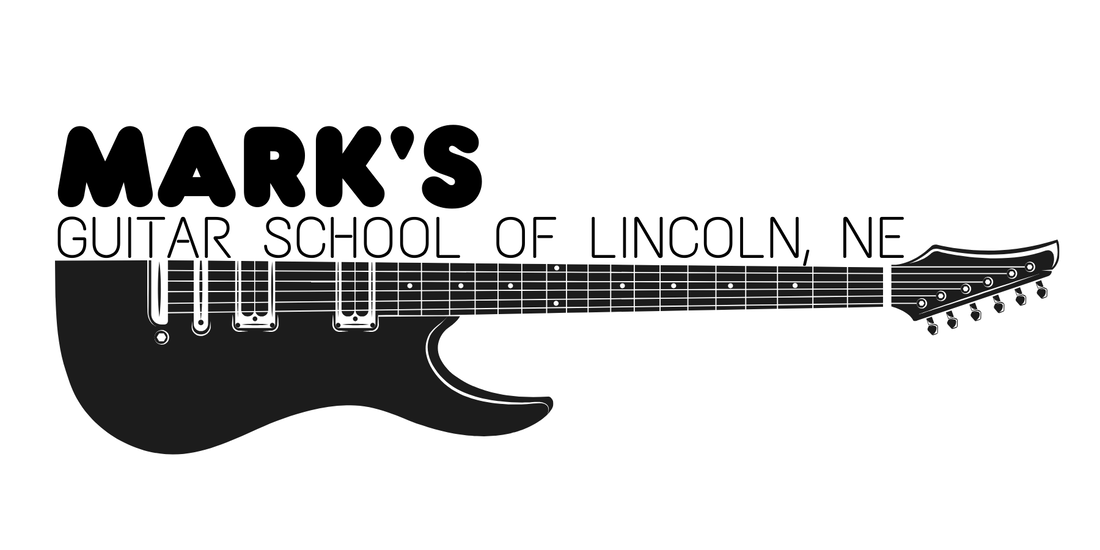|
7 Tips For Making Your Songs More Exciting
Matti Carter Would you like to know how to keep an audience occupied and interested while listening to your music? How to make your songs more exciting just by modifying the structure a little bit? What can you add to or take away from your songs to make them sound better? In this article I am not going to show you what a typical song structure looks like. Instead, listed below are 7 simple tips to improve your compositions, so that your listeners stay interested throughout your songs. These tips will help you whether you are just starting to write a song or if your song is almost complete. They will help you turn a mediocre song into a great song. 1.Create An Intensity Plan Before putting together the song, you should know where the most and least intense parts are. Draw a line that describes how the intensity levels of the song change from start to finish. This will make it easier to put all the separate parts of the song together. E.g. you could draw a peak at the chorus, which is often the most intense part of the song. To make this peak stand out, you could make the area around the chorus less intense. 2.Create An Instant Hook It is a good idea to start your music with something that will immediately grab the attention of the audience. A cool lyric or a catchy melody will do the trick. Capturing the listeners attention within the first 5-10 seconds of the song is a good way to make people want to hear the rest of the song. Remember to keep things interesting after the hook, because you don’t want to bore the audience at any time. 3.Keep Things Clear And Simple You should be able to clearly communicate what you want to express with your music. This does not mean that your song can’t have difficult solos or complicated fills. Focus on making specific parts great quality instead of trying to add too many mediocre parts on top of each other. 4.Build Up The Highlights It is up to you to decide where the climax points are and how to control the emotions that you want to express through them. To make the climaxes stand out well, build some tension and expectation to the listener, and gradually approach them. Sometimes there are several similar climax points in a single song. On other occasions, there is only one clear climax at some specific point of the song. 5.Add Surprises A song can become boring if there aren’t enough creative things happening. Add a few surprises that you would not expect to happen. Be careful though, because adding too many surprises may make the song too complicated and confusing. 6.Repeat Catchy Parts If you have a great chorus, you can repeat it a couple of times to make it memorable. If there is something really good worth playing over and over, you might as well do it. However, you do not have to repeat parts exactly the same every time. Sometimes what makes a song interesting is gradually varying specific parts throughout the song. 7.Make the Music Evolve Constantly Something that is constantly changing is more exciting to listen to than something that stays the same for too long. This doesn’t mean that you cannot repeat some parts of a song. The idea is that you don’t bore your listeners with too much of one thing. © Matti Carter About The Author: Matti Carter is a composer living in Helsinki, Finland. He composes, teaches and writes music related instructional materials. He also If you are interested in listening to piano music and original compositions, feel free to contact him.
0 Comments
|
Search by typing & pressing enter

 RSS Feed
RSS Feed





